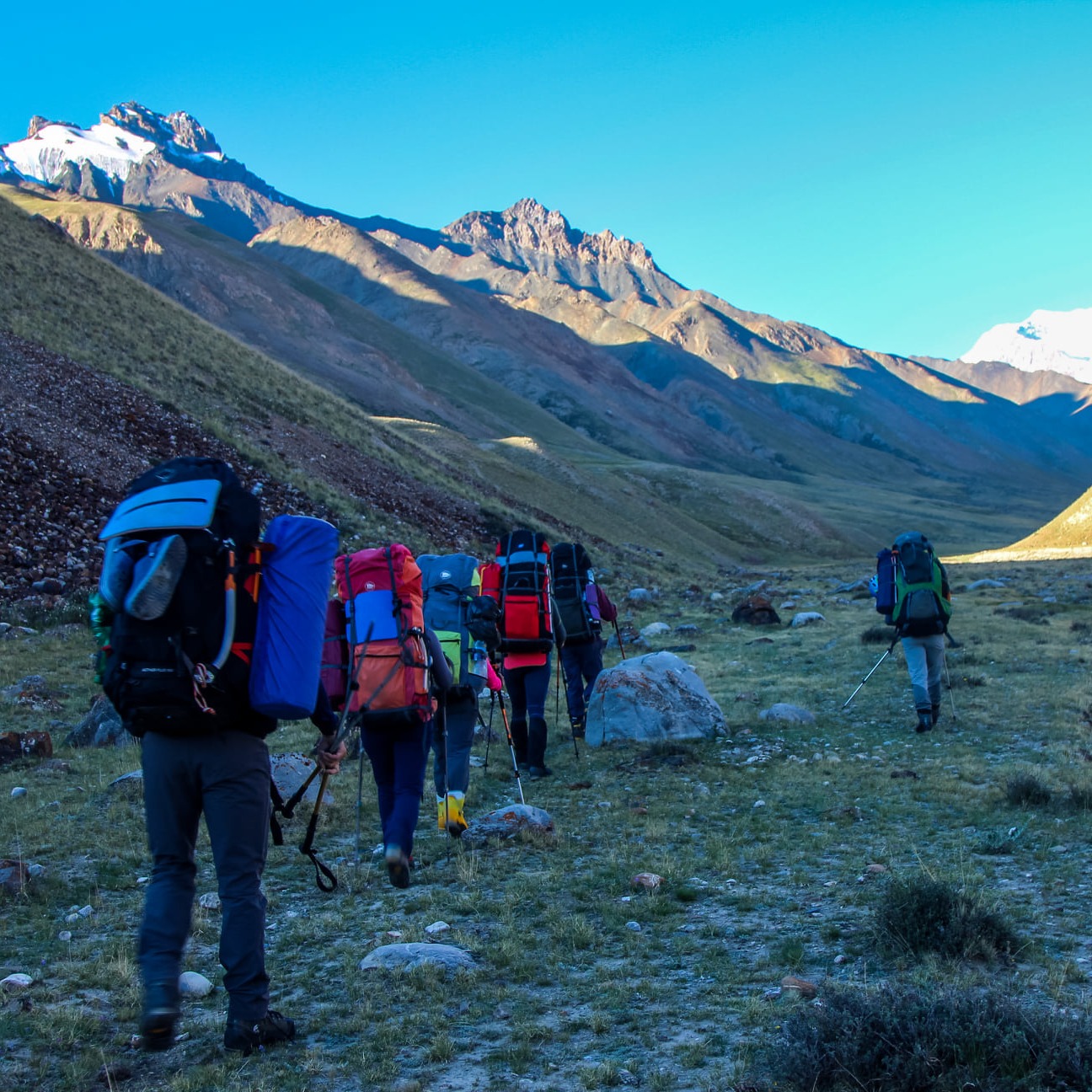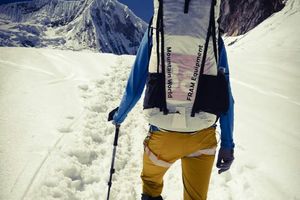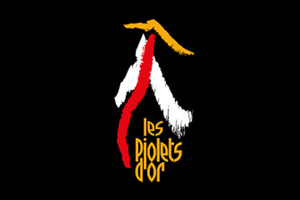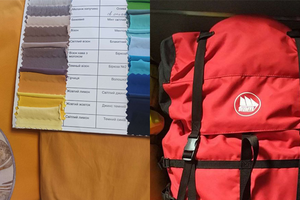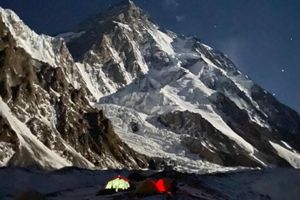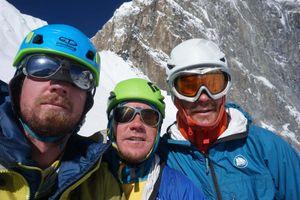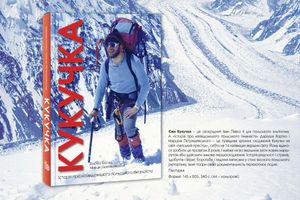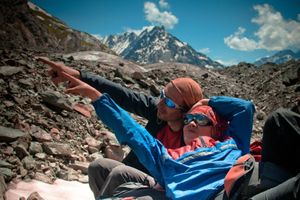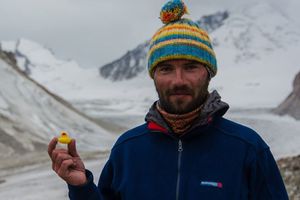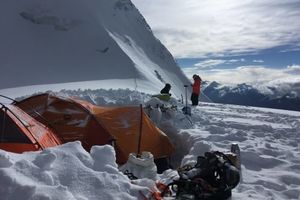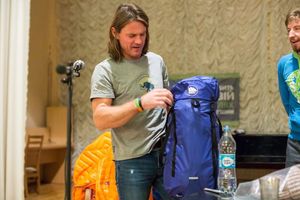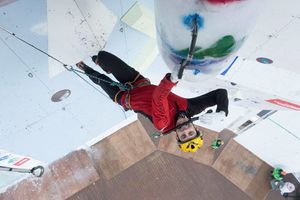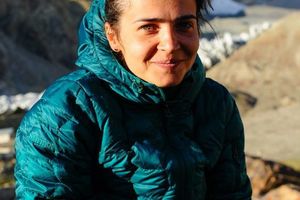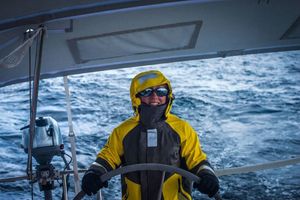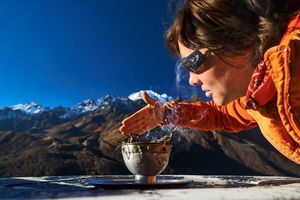Fram is ultralight or not ultralight after all? We get similar questions from time to time, so let's dot the i.
From the very beginning, lightweight equipment has been one of the principles of Fram Equipment. The actual history of Fram equipment began when, in 2008, brand founders Oleksiy Kelin and Anastasia Volkova and their team were preparing for an expedition to the Pamirs. For a long and difficult hike, light and at the same time strong equipment was needed. They were not satisfied with what was presented on the market at that time - so they independently developed the first Osh backpack, Hope tent and Shkhara zip pants. Which performed well in testing. So much so that we successfully produce these models to this day.
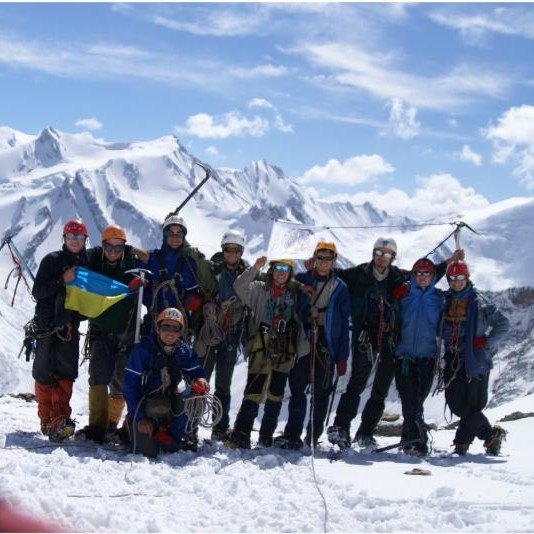
And why chase after grams so much? Ultralight equipment is primarily needed for difficult climbs and long autonomous expeditions. Where the weight of things greatly depends on how much equipment and products the participants will be able to take with them and carry. But how much energy will be saved - therefore, will they be able to overcome the planned obstacle.
These are rather narrow niches for professionals. However, light equipment is gaining more and more popularity among the general public of tourists and travelers. Because it is comfort. Even if you are just walking in the Carpathians - a backpack that is lighter by one kilogram means saved energy to come to the overnight stay faster and have a better rest. Or, quoting our sales manager, and now a military man, Viktor Pryshlyak - a backpack lighter by one kilogram is an additional 10 chocolates.
Well, that's great, let's sew everything from the lightest fabrics and with a minimum of details and go to the mountains? This is closer to the ultralight concept. But this approach does not solve a number of problems. In the pursuit of light weight, manufacturers sacrifice either durability or comfort.
It is fundamental for us to make not only light, but also reliable and comfortable equipment. We make things for difficult technical climbing and expeditions. Where the athlete must be confident in his equipment.
We also make things for trekking and travel. Here, low weight does not so much play a role in achieving a sports goal, as it ensures the comfort of the journey. At the same time, the equipment must be comfortable and durable. Because a person travels for a long time with these things.
In both cases, a reasonable compromise between light weight, reliability and comfort is required. We call this approach smartlight.
It is based on manufacturability. It is thanks to the well-thought-out design, selection of materials and tailoring technology that more convenient details can be "crammed" into the same weight. Or make, for example, a backpack more comfortable to wear. Is it such that it can withstand greater loads.
And which equipment do you prefer? Hard ultralight or more comfortable/durable models?

